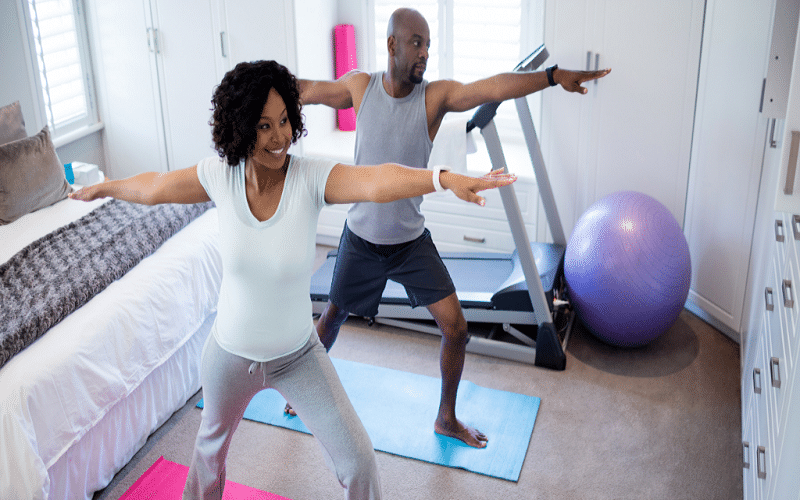If you have migraine, you may have heard conflicting opinions about whether exercise will make your symptoms worse.
Some persons believe that if you experience migraine then you should not exercise because it might make it worse. While it’s true that vigorous exercise might be a trigger in a small group of people with migraine, but overall the benefits of physical activity far outweigh the risk for people with migraine.
Dr. Jennifer Kriegler a neurologist said regular exercise is associated with a reduction in the frequency and intensity of migraines.
It’s important to remember not to exercise if you’re in the middle of a migraine attack because it can make the pain worse. When you’re pain-free, on the other hand, exercising can help ward off attacks by relieving stress, a common migraine trigger.
Exercise also stimulates the release of feel-good hormones called endorphins and enkephalins our body’s natural painkillers and natural antidepressants.
According the Centers for Disease Control and Prevention (CDC), Regular exercise may also aid in the management of migraine because of its role in weight management, stress reduction, and improving sleep,
Here are some things to remember as you engage in any work out.
Select a work out that you like
You can start with a workout that is light and something that you love. It will be easier to stick to that routine. You can decide to go for a walk, jogging, swimming or brisk walking.
Build Your Stamina Gradually
As you get more comfortable with your exercise routine, you can gradually work up to higher-intensity exercise. Exercises like jumping jacks, hopping in place, running stairs and doing box jumps can strengthen your muscles, bones, joints, and ligaments. You can make it a goal to do your exercise 4 times a week or even less. The most important thing is to move more and sit less.
Snack Smart to Keep Blood Sugar in a Healthy Range
Because your blood sugar decreases during exercise, it’s important to have a source of energy while you work out.
The American Migraine Foundation recommends eating about 90 minutes before you exercise and suggests eating foods with protein, such as protein bars and nuts, prior to exercise.
If you get cramps, you may have eaten too close to your workout. Plus going too long without eating can also provoke a migraine.
Stay Hydrated Before, During, and After a Workout
People who get migraine attacks regularly can experience an episode if they’re dehydrated especially while they’re exercising. Please ensure that you drink enough water.
Warm Up and Cool Down
Jumping right into your routine without warming up first could trigger a migraine. Rather, try taking a five-minute walk before you start running, jogging, or cycling. If you’re doing resistance training, try warming up with some light weights first.
After your workout, take a five-minute walk or do gentle stretches to help lower your heart rate and blood pressure. This also can help eliminate some of the post-exercise muscle soreness that comes with resistance training.


